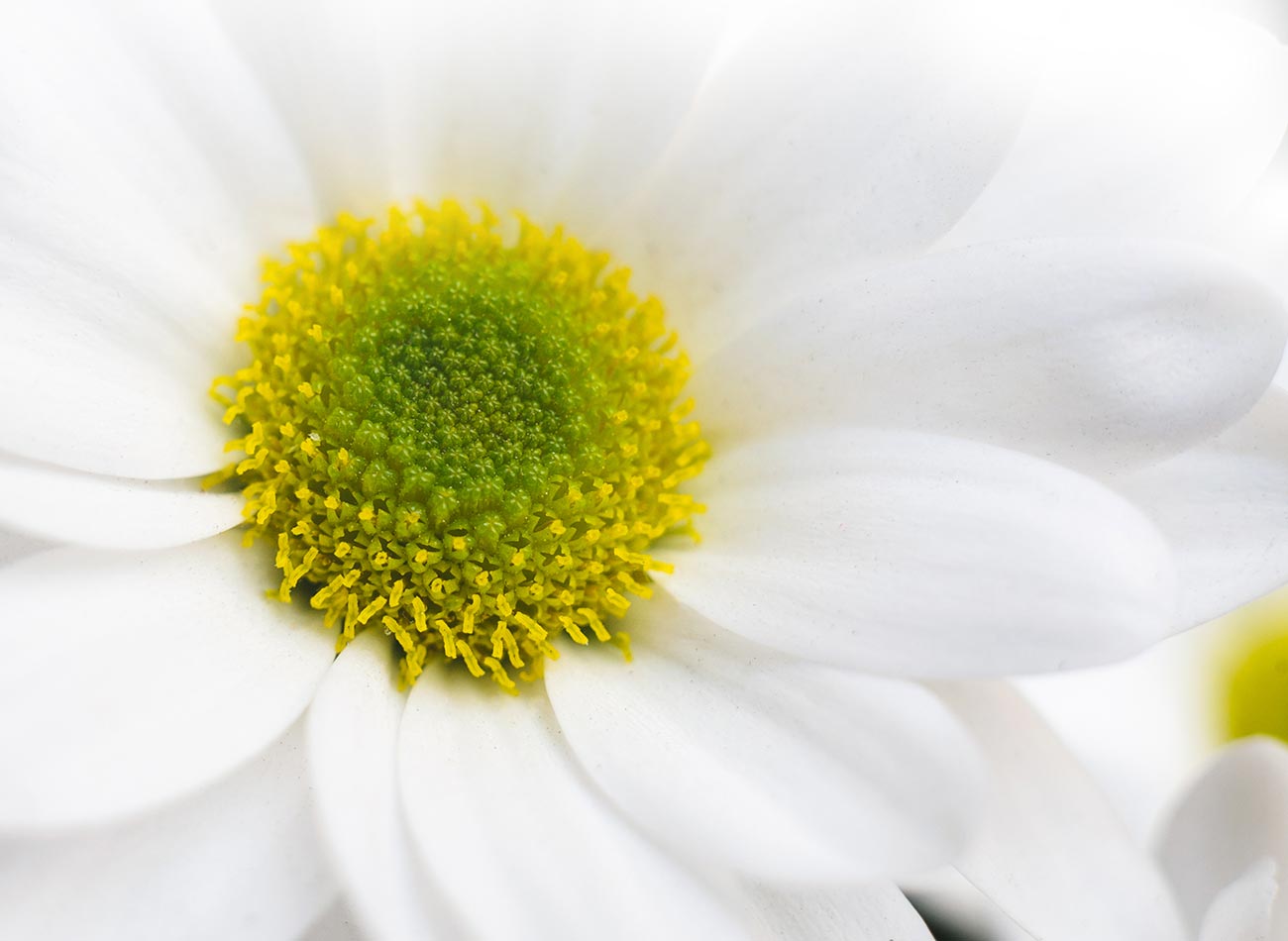diagnosis
«A carefully made anamnesis combined with a differentiated diagnosis gives the fundamental basis for a successful treatment»
Beside a detailed anamnesis I use several methods of inspection. Each method highlights a different side of the patient's background and situation. Altogether they form a comprehensive picture.
Iris-diagnosis
Signs shown in the iris can form the basis for an patient's individual therapy. They declare how a patient is typically reacting on stimuli and pressure (stress) and where the weak points are. Iris-diagnosis is an excellent way to find out how the patient's 'humores' are mixed.
The iris is the only part of the body where we can see connective tissue directly, all other parts are covered by skin. Since our body is built in large parts of connective tissue, this view helps to make essential conclusions.
Diagnosis of pulse
A diagnosis of the patient's pulse shows the body's strength. Does this correlate with their temperament? Is it too quick or too slow? The pulse indicates te patient's current situation and can change quickly. Combined with diagnosis of tongue and iris we form the complete picture.
Diagnosis of tongue
The size, color, film and humidity of the tongue give important hints. Is there enough humidity or is it retained? Is there dryness because of an excess of heat? The tongue shows the body's humidity and warmth, the two main parameters. Signs on the tongue change within days and weeks.
TEN, Traditional European Naturopathy
Traditional European Naturopathy (TEN) was founded in ancient Greece, and was later further developed by Avicenna, Paracelsus and Hildegard von Bingen.
There is a natural mixture of the four 'humores' real blood (Sanguis), yellow gall (Cholera), black gall (Melancholera) and phlegm (Phlegma). This knowledge brings both a diagnosis and a basis for an individual therapy at the same time.
Following the principle of the 4 'humores', activities within the body and the link to the source of illnesses can be explained in a simple way.
The discovery of the cell, at the beginning of 19th century, expelled humoral medicine more and more from universities. The splitting between academic medicine and alternative medicine was born.
Today humoral medicine is still accurate. Experiences and findings made throughout hundreds of years are still making an impact on people's wellbeing.



